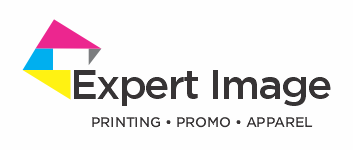Poster printing & advertising dates back to the early 1800s. It is one of the oldest forms of advertising. Posters were widely used to promote products and spread political messages. They are still a popular form of advertising today which just shows how well they work.
Posters are everywhere. The great thing about poster advertising is that people see posters whether they want to or not. They don’t have to check their phone, open a magazine or turn on the television. Posters are all around us.
When designing a poster keep your message quick and to the point. A short catchy headline is often all you need. Remember that if your message is too long you run the risk of it not getting read. Take the time to come up with a good headline as this is the part that grabs the reader’s attention.
Images, like text, need to be eye catching and compelling. Always work with high resolution graphics, atleast 300dpi as this is a large sized document and you need to avoid running the risk of your work looking pixelated or blurred. Try to use vector graphics whenever possible as they take up little memory on your computer and you can enlarge them as much as you like without sacrificing image quality. Always set your artwork up in your desktop publishing program to the size that you would like it to be printed.
There are a variety of materials available today that posters can be printed on, ranging from paper, cardstock, photo paper and vinyl. An important fact to take into consideration is where you will be hanging your posters. Cardstock and paper are suitable for indoor low-traffic areas, or if you are mounting inside a frame to protect the poster. Paper and cardstock are cost effective but will not maintain their longevity. Outdoor posters are printed on water resistant & UV resistant tear proof vinyl for durability to withstand weather conditions.
Posters range in size from 8.5 x 11 inches all the way up to billboard size, depending on your budget and where you wish to display it.
Look for high traffic areas and consider how much “wall space” you have. To get the highest return on your poster campaign consider who your target market is.
Common places for hanging posters are:
· Billboards
· Store windows and interior walls
· Bulletin Boards
· Bars, and restaurants
· Business premises
· Event and concert venues
· Movie theatres
· Subways
· Public spaces
Choose an adhesive that holds strongly and removes cleanly such as 3M Command Small Poster Hanging Strips. They also leave no holes, no marks and no remaining residue.

